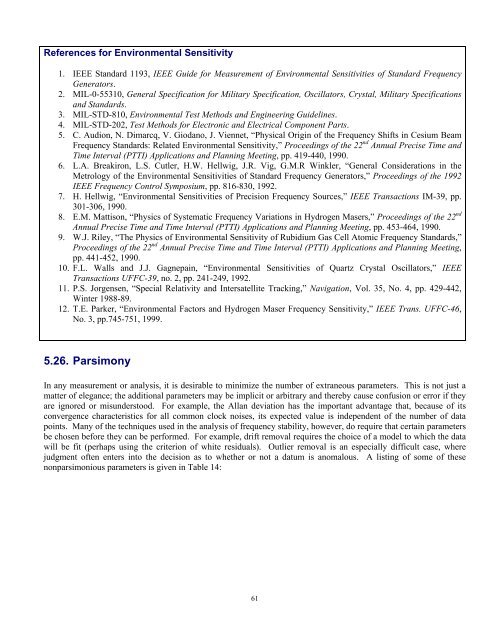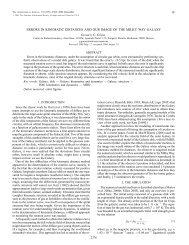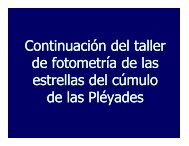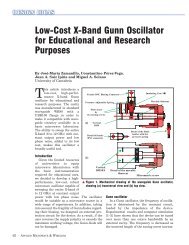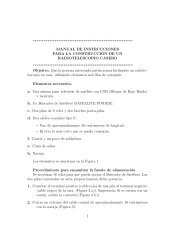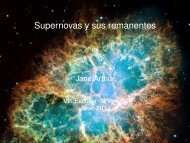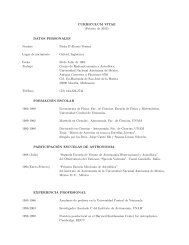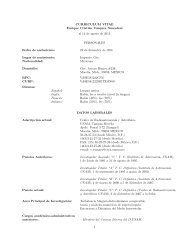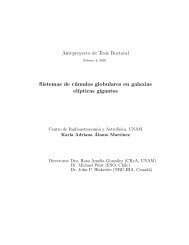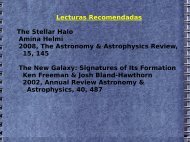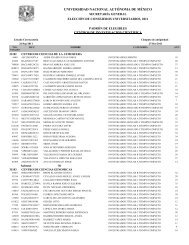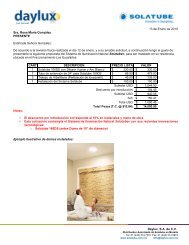Handbook of Frequency Stability Analysis
Handbook of Frequency Stability Analysis
Handbook of Frequency Stability Analysis
- No tags were found...
Create successful ePaper yourself
Turn your PDF publications into a flip-book with our unique Google optimized e-Paper software.
References for Environmental Sensitivity1. IEEE Standard 1193, IEEE Guide for Measurement <strong>of</strong> Environmental Sensitivities <strong>of</strong> Standard <strong>Frequency</strong>Generators.2. MIL-0-55310, General Specification for Military Specification, Oscillators, Crystal, Military Specificationsand Standards.3. MIL-STD-810, Environmental Test Methods and Engineering Guidelines.4. MIL-STD-202, Test Methods for Electronic and Electrical Component Parts.5. C. Audion, N. Dimarcq, V. Giodano, J. Viennet, “Physical Origin <strong>of</strong> the <strong>Frequency</strong> Shifts in Cesium Beam<strong>Frequency</strong> Standards: Related Environmental Sensitivity,” Proceedings <strong>of</strong> the 22 nd Annual Precise Time andTime Interval (PTTI) Applications and Planning Meeting, pp. 419-440, 1990.6. L.A. Breakiron, L.S. Cutler, H.W. Hellwig, J.R. Vig, G.M.R Winkler, “General Considerations in theMetrology <strong>of</strong> the Environmental Sensitivities <strong>of</strong> Standard <strong>Frequency</strong> Generators,” Proceedings <strong>of</strong> the 1992IEEE <strong>Frequency</strong> Control Symposium, pp. 816-830, 1992.7. H. Hellwig, “Environmental Sensitivities <strong>of</strong> Precision <strong>Frequency</strong> Sources,” IEEE Transactions IM-39, pp.301-306, 1990.8. E.M. Mattison, “Physics <strong>of</strong> Systematic <strong>Frequency</strong> Variations in Hydrogen Masers,” Proceedings <strong>of</strong> the 22 ndAnnual Precise Time and Time Interval (PTTI) Applications and Planning Meeting, pp. 453-464, 1990.9. W.J. Riley, “The Physics <strong>of</strong> Environmental Sensitivity <strong>of</strong> Rubidium Gas Cell Atomic <strong>Frequency</strong> Standards,”Proceedings <strong>of</strong> the 22 nd Annual Precise Time and Time Interval (PTTI) Applications and Planning Meeting,pp. 441-452, 1990.10. F.L. Walls and J.J. Gagnepain, “Environmental Sensitivities <strong>of</strong> Quartz Crystal Oscillators,” IEEETransactions UFFC-39, no. 2, pp. 241-249, 1992.11. P.S. Jorgensen, “Special Relativity and Intersatellite Tracking,” Navigation, Vol. 35, No. 4, pp. 429-442,Winter 1988-89.12. T.E. Parker, “Environmental Factors and Hydrogen Maser <strong>Frequency</strong> Sensitivity,” IEEE Trans. UFFC-46,No. 3, pp.745-751, 1999.5.26. ParsimonyIn any measurement or analysis, it is desirable to minimize the number <strong>of</strong> extraneous parameters. This is not just amatter <strong>of</strong> elegance; the additional parameters may be implicit or arbitrary and thereby cause confusion or error if theyare ignored or misunderstood. For example, the Allan deviation has the important advantage that, because <strong>of</strong> itsconvergence characteristics for all common clock noises, its expected value is independent <strong>of</strong> the number <strong>of</strong> datapoints. Many <strong>of</strong> the techniques used in the analysis <strong>of</strong> frequency stability, however, do require that certain parametersbe chosen before they can be performed. For example, drift removal requires the choice <strong>of</strong> a model to which the datawill be fit (perhaps using the criterion <strong>of</strong> white residuals). Outlier removal is an especially difficult case, wherejudgment <strong>of</strong>ten enters into the decision as to whether or not a datum is anomalous. A listing <strong>of</strong> some <strong>of</strong> thesenonparsimonious parameters is given in Table 14:61


